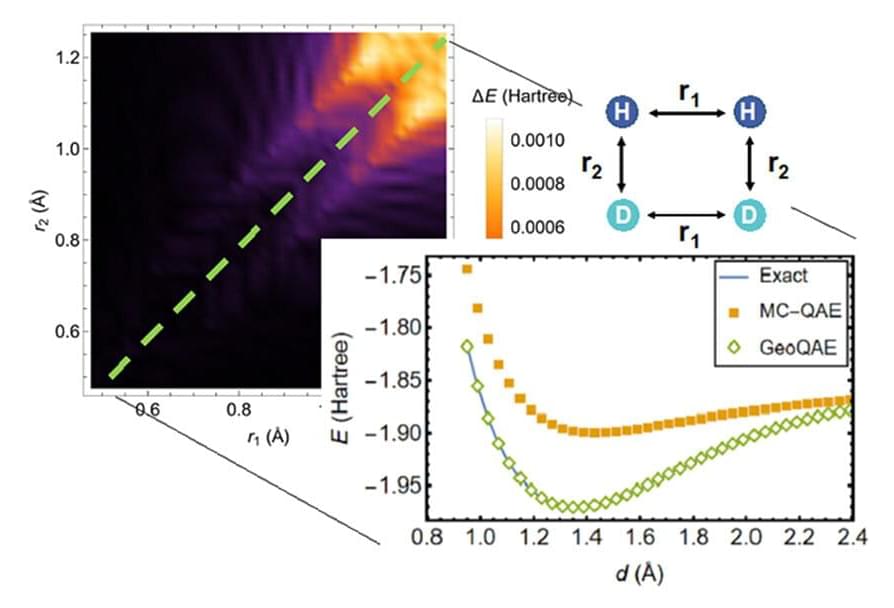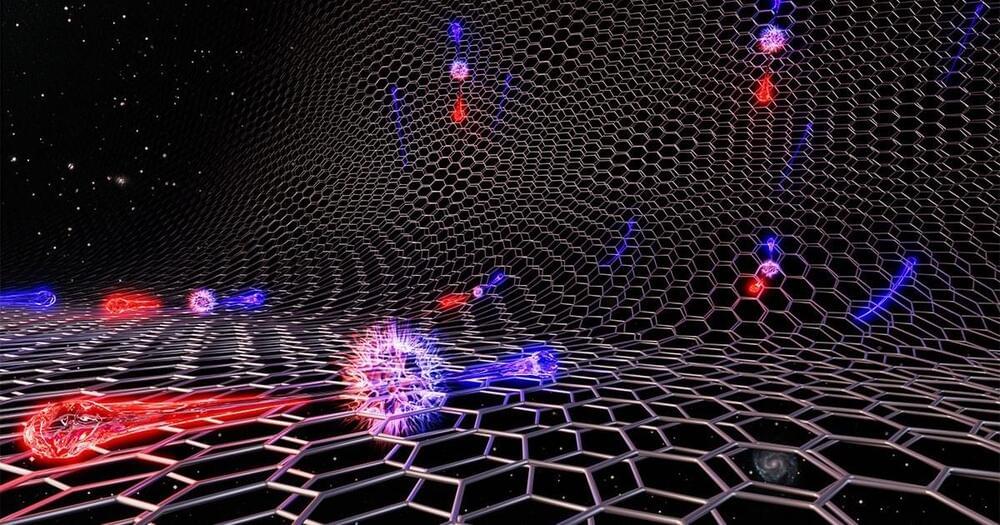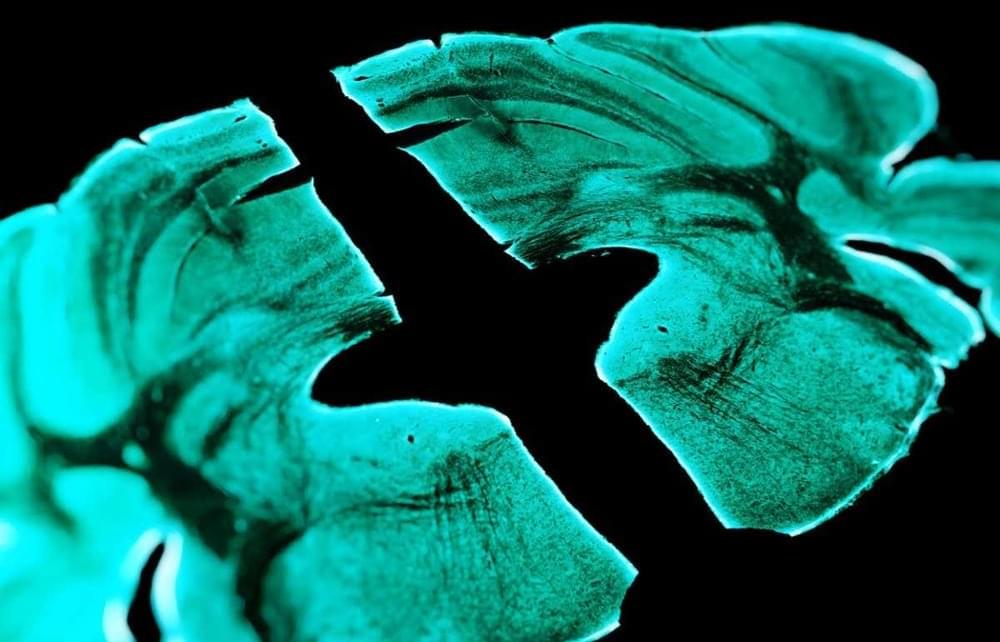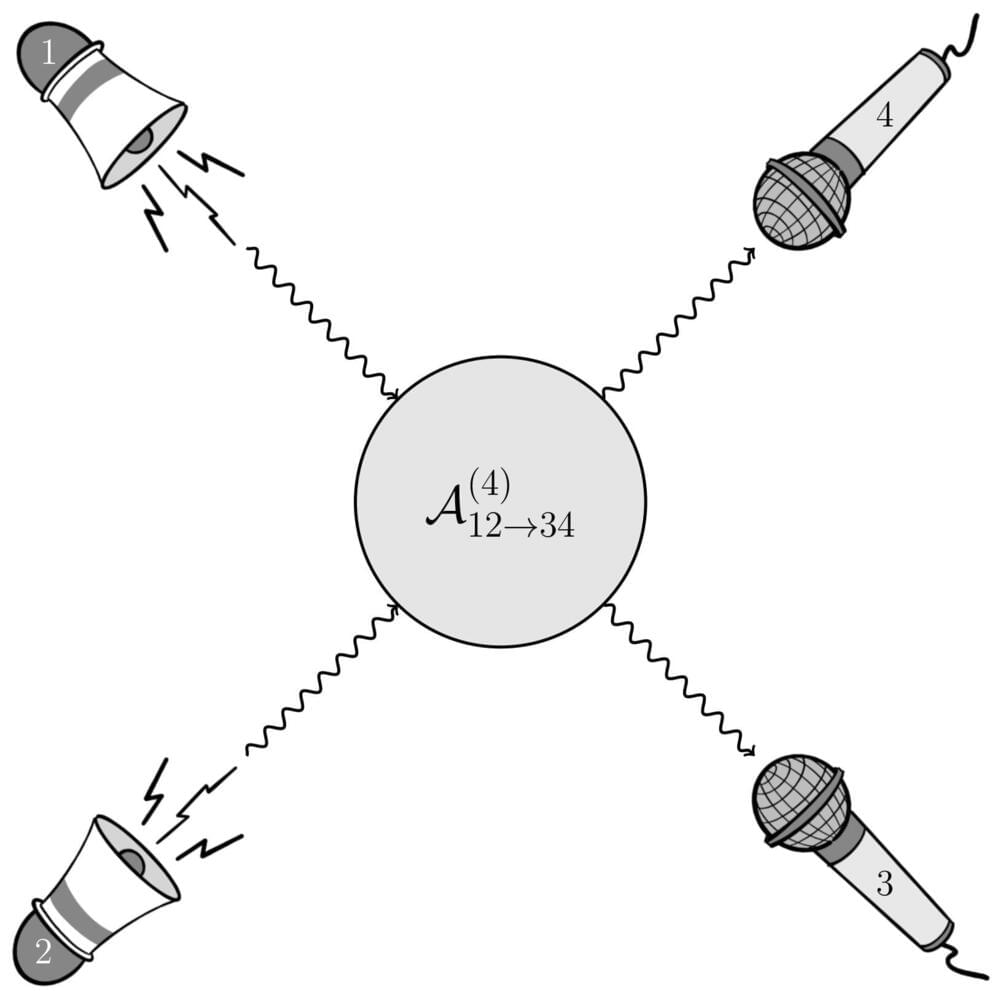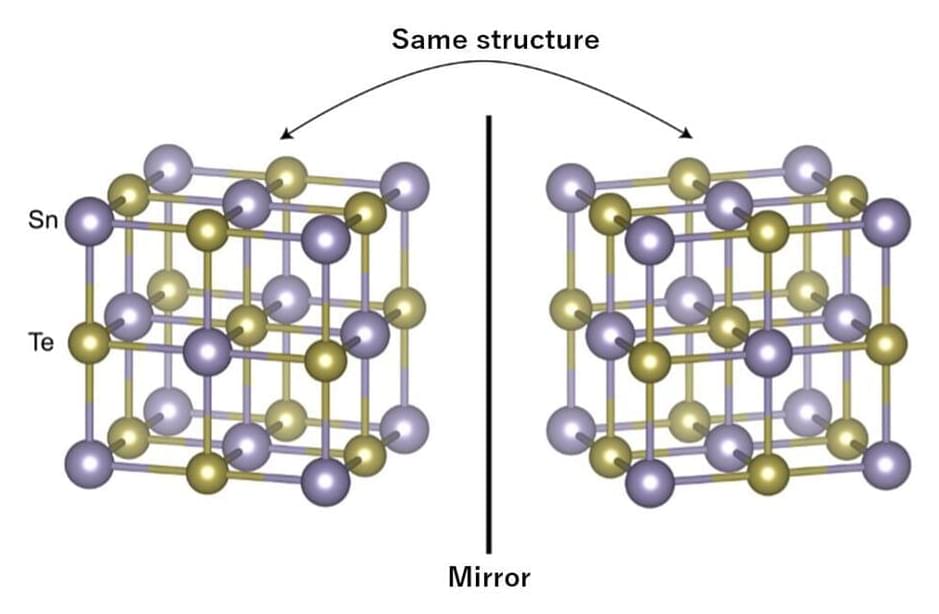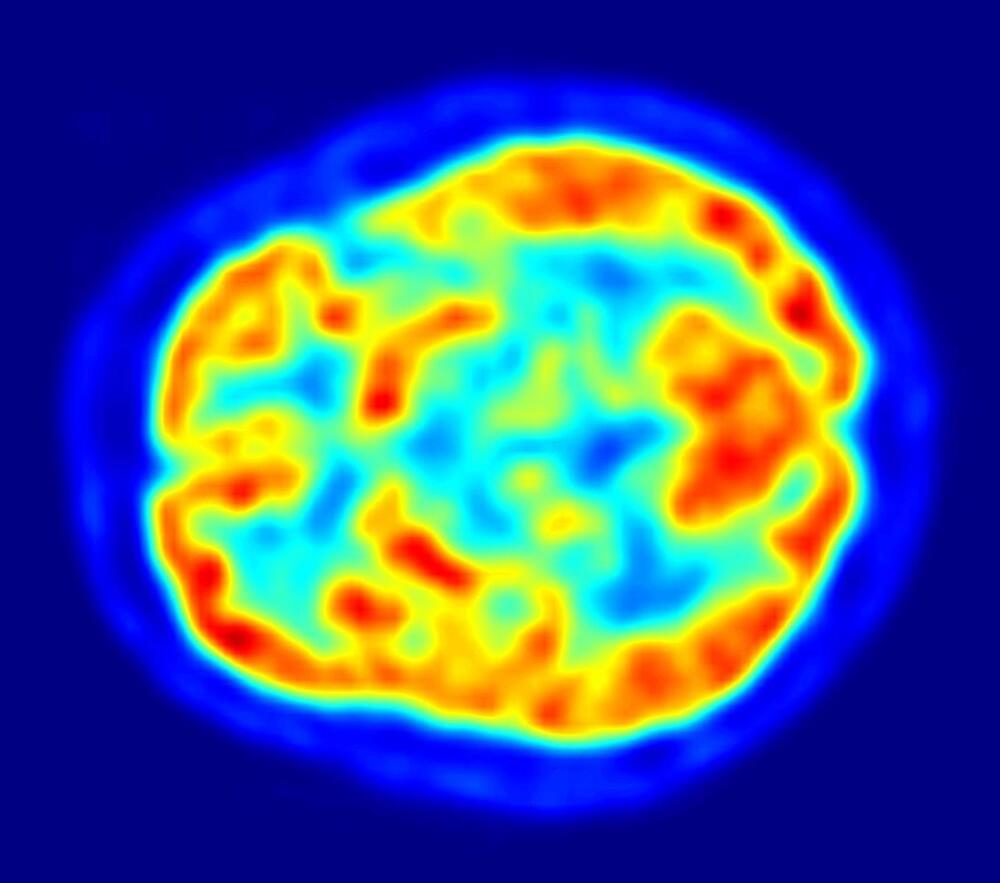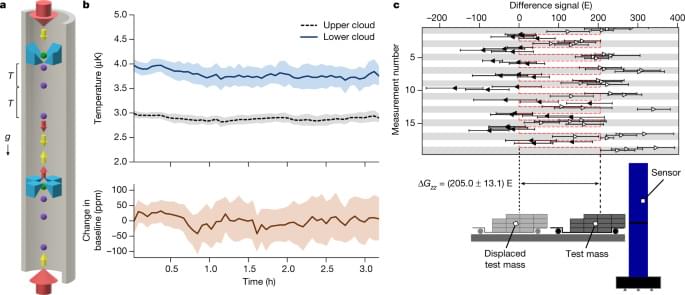Sep 13, 2022
New quantum algorithm solves critical quantum chemistry problem through adaptation along a geometric path
Posted by Dan Breeden in categories: chemistry, information science, nanotechnology, quantum physics
A team of researchers from the U.S. Department of Energy’s (DOE) Brookhaven National Laboratory and Stony Brook University have devised a new quantum algorithm to compute the lowest energies of molecules at specific configurations during chemical reactions, including when their chemical bonds are broken. As described in Physical Review Research, compared to similar existing algorithms, including the team’s previous method, the new algorithm will significantly improve scientists’ ability to accurately and reliably calculate the potential energy surface in reacting molecules.
For this work, Deyu Lu, a Center for Functional Nanomaterials (CFN) physicist at Brookhaven Lab, worked with Tzu-Chieh Wei, an associate professor specializing in quantum information science at the C.N. Yang Institute for Theoretical Physics at Stony Brook University, Qin Wu, a theorist at CFN, and Hongye Yu, a Ph.D. student at Stony Brook.
“Understanding the quantum mechanics of a molecule, how it behaves at an atomic level, can provide key insight into its chemical properties, like its stability and reactivity,” said Lu.
